Virtual reality in construction can catch people by surprise. After all, virtual reality (VR) is typically framed around the idea of digital rather than physical construction. But it’s one of many sectors increasing productivity and profit by applying VR techniques. How that theory manifests into reality is a fantastic process that you’re about to see for yourself.
Quick Menu:
- The Metaverse Is the Perfect Foundation for Virtual Reality in Construction
- What Is Virtual Reality?
- What Is the Difference Between Virtual Reality, Mixed Reality, Augmented Reality, and Extended Reality?
- What Is the Construction Industry?
- 3 Ways To Use Virtual Reality in the Construction Industry
- 4 Benefits of VR in Construction
- Companies Using Virtual Reality in Construction Industry
- Virtual Reality Headsets as a Means to Experience VR
The Metaverse Is the Perfect Foundation for Virtual Reality in Construction
Virtual reality in construction intersects with a digital realm called the metaverse. The physical world is filled with buildings where people interact with each other, have fun, conduct business, and make lasting changes. The metaverse meaning is centered around providing those same experiences virtually. It’s not just a digital world separate from the offline one. The metaverse is better seen as a merger between the physical and online worlds.
But the metaverse differs from the physical world in that it’s boundless and without limits. You can build and explore to your heart’s content while taking friends and family along for the adventure. The use of different devices like a VR headset or even a smartphone for augmented reality can produce different experiences in this same huge world. You can learn more about building within the metaverse in the article “Metaverse Guide; Understanding The Basics Will Open Up a New World”.
What Is Virtual Reality?
Virtual reality (VR) is, of course, a cornerstone of virtual reality in construction. It functions through the use of a special VR headset that obscures the sights and sounds of the physical world with a whole new digital landscape. VR lets gamers jump into video games, surgeons hone their skills with virtual patients, and athletes train for maximum efficiency. VR can essentially create immersive, realistic 3D environments for you.
The newest headsets put out by metaverse companies are technological marvels bordering on science fiction. But the dream of VR goes back into the distant past. People were trying to achieve something similar as far back as the 1950s with Sensorama. The machines worked with movies to deliver odors and vibrations to further immerse moviegoers into the experience. You can look more in-depth at VR in the article “Virtual Reality; Discover VR, Its Components, Technology, and Players”.
What Is the Difference Between Virtual Reality, Mixed Reality, Augmented Reality, and Extended Reality?
Remember that VR is just one way of accessing the metaverse. As you’ll soon see, virtual reality in construction leverages specific elements of VR not present in the other forms. But any form of extended reality (XR) can work with elements of the metaverse. In addition to VR, XR encompasses augmented reality (AR) and mixed reality (MR). Both of these technologies flip Virtual reality’s focus.
Virtual reality puts you into digital worlds, AR and MR take digital elements into the physical world. AR provides digital overlays which often feature incorporeal virtual objects. MR is a newer technology that uses AR and VR to merge the worlds with projections such as holograms. You can learn about AR’s unique traits in the article “Augmented Reality; Learn About AR Tech, Use Cases, Devices, and More!”. And you can look into MR in the article “Mixed Reality; Everything to Know About MR Technologies”.
What Is the Construction Industry?
You’ve seen some of the metaverse-related areas of virtual reality in construction. But it’s equally important to understand what the term construction industry encompasses. It’s best defined as the industry which handles the repair, erection, and maintenance of buildings and large structures. Note that the construction industry also covers anything related to the creation and maintenance of the service facilities and roads that are so integral to using those structures. Additions or alternations to buildings are also part of the industry. A rule of thumb is that immobile structures are part of construction while vehicles like boats aren’t.
3 Ways To Use Virtual Reality in the Construction Industry
Now that you’ve looked at the tools, it’s time to see how they’re actually used as part of virtual reality in construction. With tools as varied and powerful as VR, it’s natural for new uses to be constantly discovered. And the broader metaverse contains additional resources like the blockchain, which powers things like NFT implementations and metaverse crypto. There are unlimited options for VR use in the future. But the present has some excellent possibilities as well. The following are among the most popular and powerful techniques within the realm of VR construction.
Training
Construction can be a dangerous occupation when people don’t take the correct precautions. And training plays a huge role in keeping people safe when they’re ready to go onto the job. Virtual reality in construction is helping to ensure that this vital part of training is more effective than ever. VR can let people learn within simulations of real-life situations. New hires can learn how to use heavy machinery, work in potentially hazardous conditions, and get the kind of hands-on experience that will keep them safe when encountering the real thing. The technique reduces risk while greatly enhancing individual safety.
VR Building Information Modeling (BIM) Renders
Drawings and other 2D media have been the norm in construction for some time. But it’s a fundamentally limited representation of a finished building. However, all that is being changed now by virtual reality in construction. You can put together a Building Information Modeling (BIM) render surprisingly quickly. And from there, you can actually walk a client through various stages of a construction project. You can even give a building tour before construction’s even begun. It gives your team, clients, and stakeholders an objective view of the project and ensures everyone’s on the same page.
Collaborative Creation
Communication is a vitally important part of the construction. And virtual reality in construction can ensure that a company benefits from the best possible level of communication between all of the involved parties through collaborative VR. It can bring construction workers and stakeholders into the same shared virtual space no matter where they are in the physical world. This ensures that everyone is clearly stating ideas, asking for clarification, and sharing concerns. A company using collaborative VR will neatly sidestep the pitfalls that appear when any given decision-maker might have different information than his peers. It’s a truly collaborative environment.
4 Benefits of VR in Construction
The previous methods can produce some awe-inspiring results. There’s a wide range of rewards to be found from the use of virtual reality in construction. But the following are among the most common and significant of those benefits.
Detect Errors Early in the Project
Building faster, cheaper, and better is a longstanding motto in the construction industry. And the combination of BIM and VR has created a huge leap forward in all three criteria through error detection. BIM can develop models for a project that turn static descriptions or blueprints into something closer to the end result. And virtual reality in construction means that those BIM models can truly come to life as complete, walkable environments in VR. Workers can move through those spaces to visually examine them for errors or potential issues. Early detection can genuinely help you build faster, cheaper, and better.
Cost Reduction
Virtual reality in construction doesn’t just save money when it comes to construction sites. VR construction can also reduce a company’s overall labor costs. This is accomplished through many different technologies. For example, VR can be used in conjunction with intelligent construction machinery. This allows for work to be done when someone isn’t on-site and can be used to handle rapid switching between different machines. This is especially useful for site managers who need to perform quick procedures to calculate conditions in an area. Imagine just putting on a headset and checking how much earth needs removal.
Improve Collaboration
Perspective is one of the most critical parts of a construction project. That’s true regarding both mental and physical outlook, and VR helps with both. Virtual reality in construction can let stakeholders immerse themselves in a virtual representation of potential or ongoing projects. And seeing the results can help them refine their ideas, communicate those concepts to personnel, and ensure that everyone understands what needs to be done. Improved communication also helps on-site workers familiarize themselves with construction sites in advance. These techniques help to heighten engagement, understanding, and communication of both elements to everyone who’s involved.
Make the Project More Accessible
Construction sites are both inherently and notoriously difficult for people outside of the industry to visit. And that can become a significant problem when clients are understandably curious about the state of their project. However, once again, virtual reality in construction comes to the rescue. BIM alone can provide clients with useful information about a project’s current and projected state. But VR can take that to the next level. Instead of looking at a BIM, clients can instead truly experience it with virtual reality. The VR method helps ensure clients can safely access their ongoing projects.
Companies Using Virtual Reality in Construction Industry
There’s only one remaining question now, whether you have a solid grasp of how to use virtual reality in construction. Specifically, what construction companies have made the transition into VR? You can be sure that new companies are always making the leap. But the following are among the most noteworthy.
Barton Malow Company (BMC)
Barton Malow Company (BMC) has entered the virtual reality world in construction through a VR company called Prospect. Prospect provides various VR solutions to help companies immerse stakeholders and team members alike in a virtual environment. By doing so, the teams can leverage more cohesive decision-making for field activities. BMC has used these tools, including Multiuser VR meetings, to plan and communicate complicated concrete pours and safety checks. In 2017 BMC was able to use Prospect to demonstrate their construction model for a new high school to the school district administrators before ever physically breaking ground.
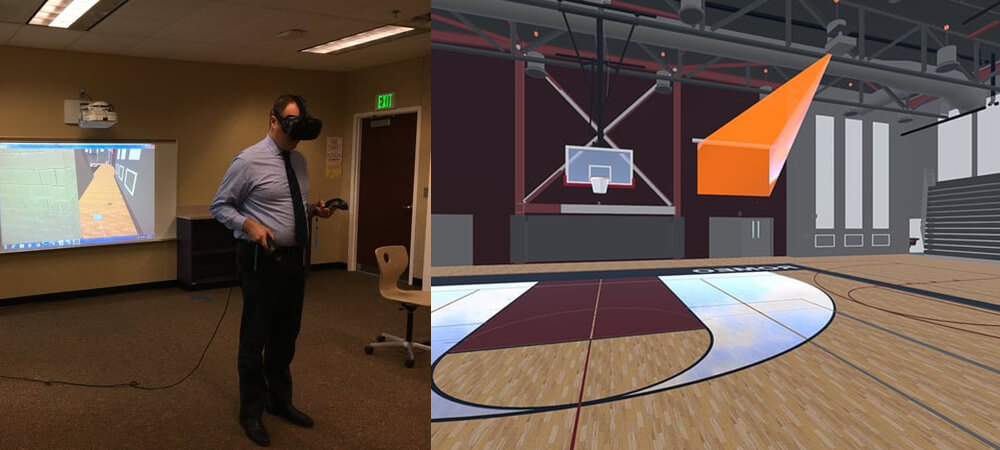
Image attribution: Prospect
Woodhouse Workspace
Woodhouse Workspace earned its place among companies using virtual reality in construction through its unique take on office design. The company uses the dynamic capabilities of virtual reality to show clients how they can design office layouts or use a building’s space. Woodhouse Workspace has been able to make this leap into VR in part because the technology has become so affordable for the average person. Even common smartphones can be retrofitted to act as VR headsets. And a desktop interface with a setup similar to Google’s Streetview can fully bypass the need for a headset at all.
Bentley
Road design is a complex process. The basic project involves creating a path over an extended area while ensuring that all of the curves are kept to standards. But there are several variables, like the flow of rainwater, intersections in the design, and overall drivability, that need to be factored in. Bentley created a tool called ConceptStation that solves all those problems and more. This instance of virtual reality in construction begins by scanning physical environments with a head-mounted HTC Vive. This brings it into the digital world, where it can be assembled into an editable 3D mesh.
Video: OpenRail ConceptStation
Balfour Beatty
Balfour Beatty is leveraging virtual reality in construction through several different techniques. They’ve had considerable success using 3D technologies to build projects in a virtual space for clients. Those clients can then make changes, offer advice, and collaborate to create the most effective choices. Balfour Beatty has also created a health and safety VR system for the Smart Motorways project. This helps prevent accidents on the site by using real-world examples moved into VR training. Users have the chance to hone their understanding of safe working zones through a carefully designed and protected environment within VR.
Video: Balfour Beatty
Virtual Reality Headsets as a Means to Experience VR
If you want to try out VR, the next step is a VR headset. Metaverse trends involving headset improvements have become quite common. And gear with stereo sound and full head-motion-tracking sensors like gyroscopes are now the norm. These move the landscape to match your field of vision while projecting onto a dedicated lens for each eye. And advanced units often have eye-tracking to make them even more immersive. You can explore some of the best VR headsets that metaverse brands offer in the article “VR Headsets; Your Complete Guide to the Top Virtual Reality Gear”.
Virtual reality in construction has already made some remarkable strides forward. But the most exciting aspect is that metaverse news will fill up with even more examples and possibilities for related metaverse jobs in the field of VR construction.
Did You Like This Article About Virtual Reality in Construction?
You might also be interested in the following articles:
- AR Contact Lenses; Learn About Advanced AR Technology
- Metaverse News; The Top 10 News Resources You Must Follow
- Voxels & Its Evolution as a Uniquely Powerful Metaverse Platform

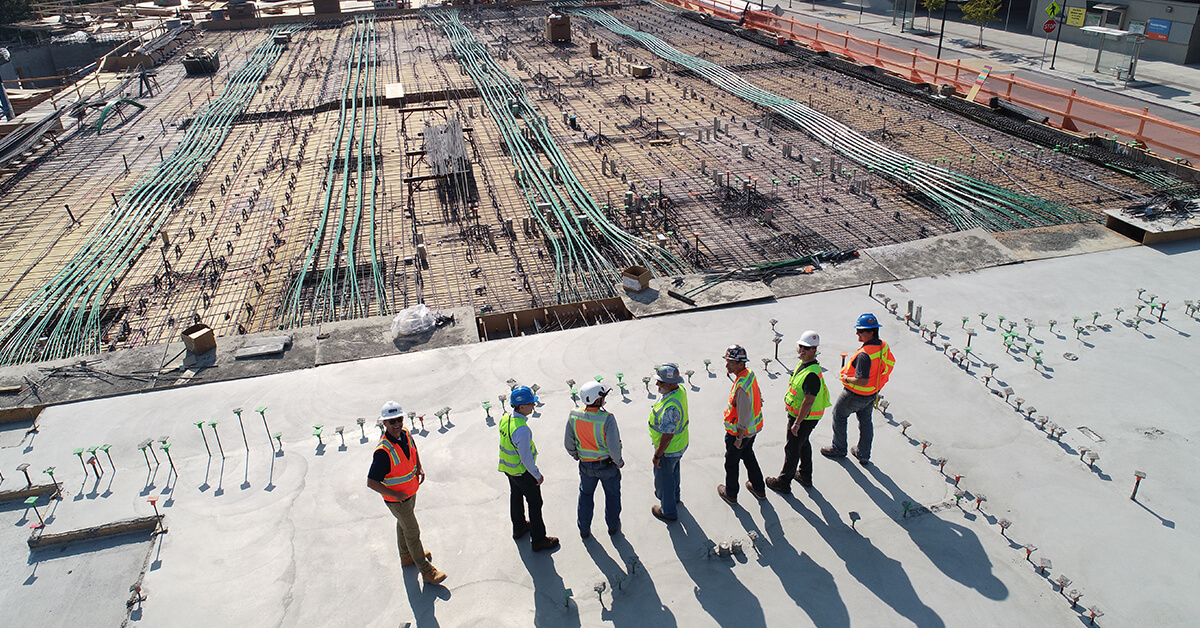
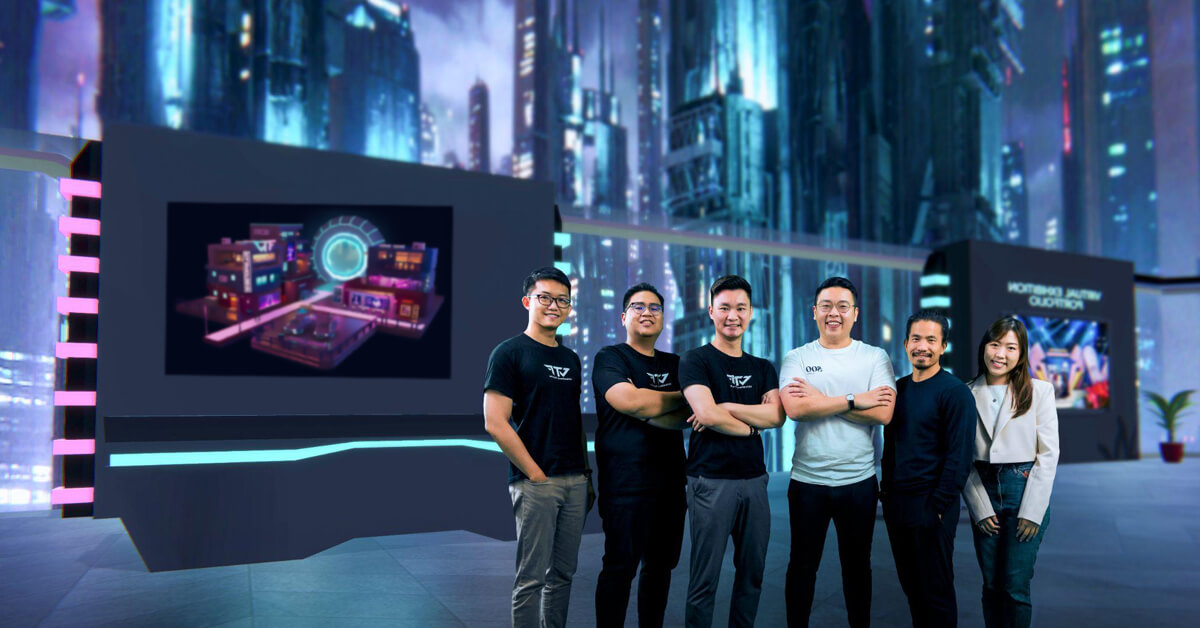

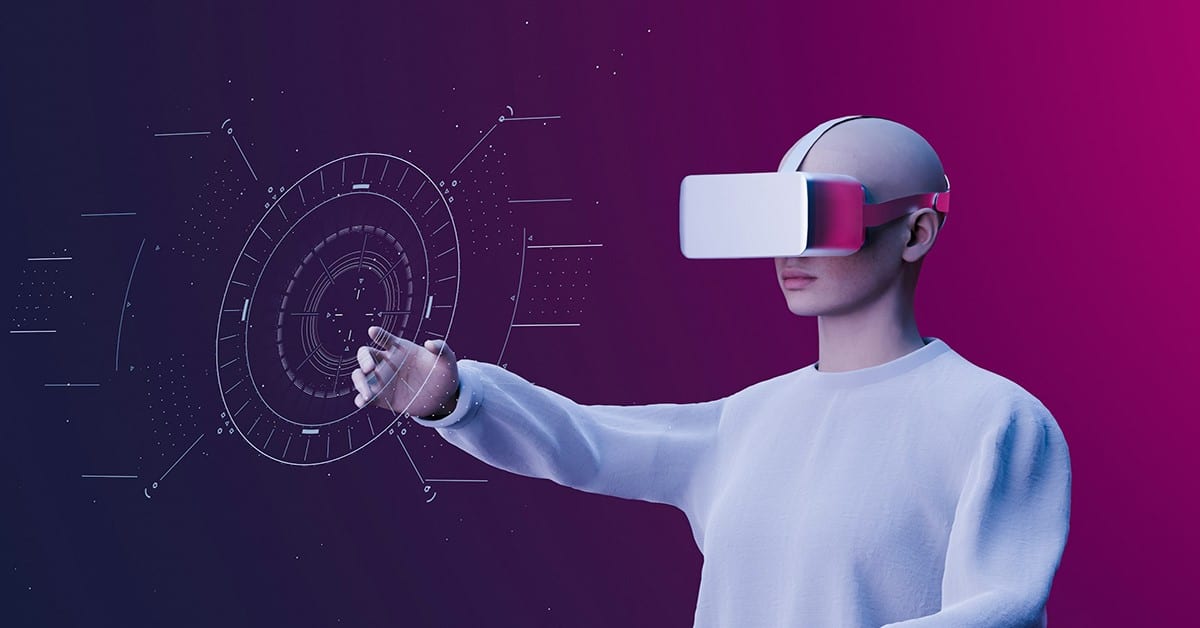
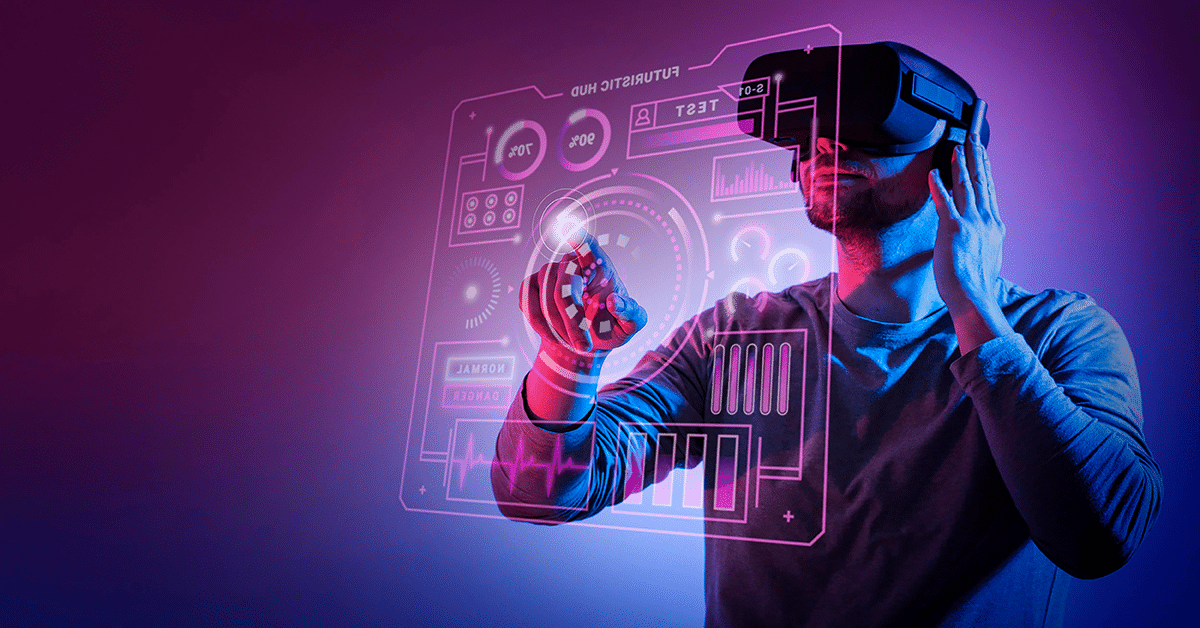
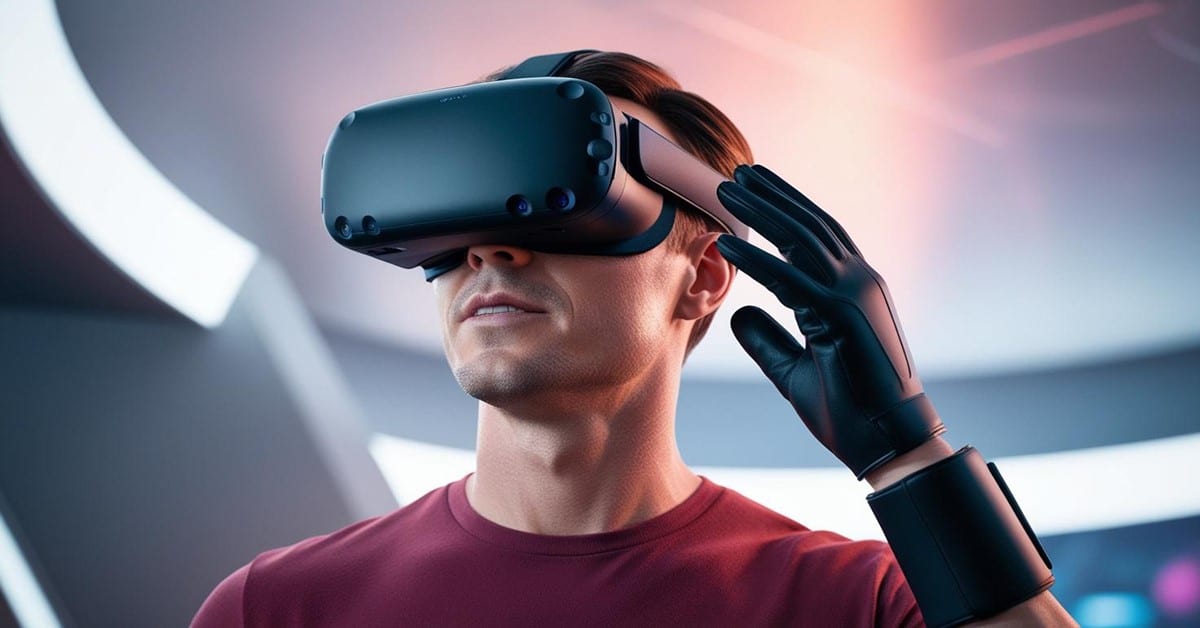


Leave A Comment